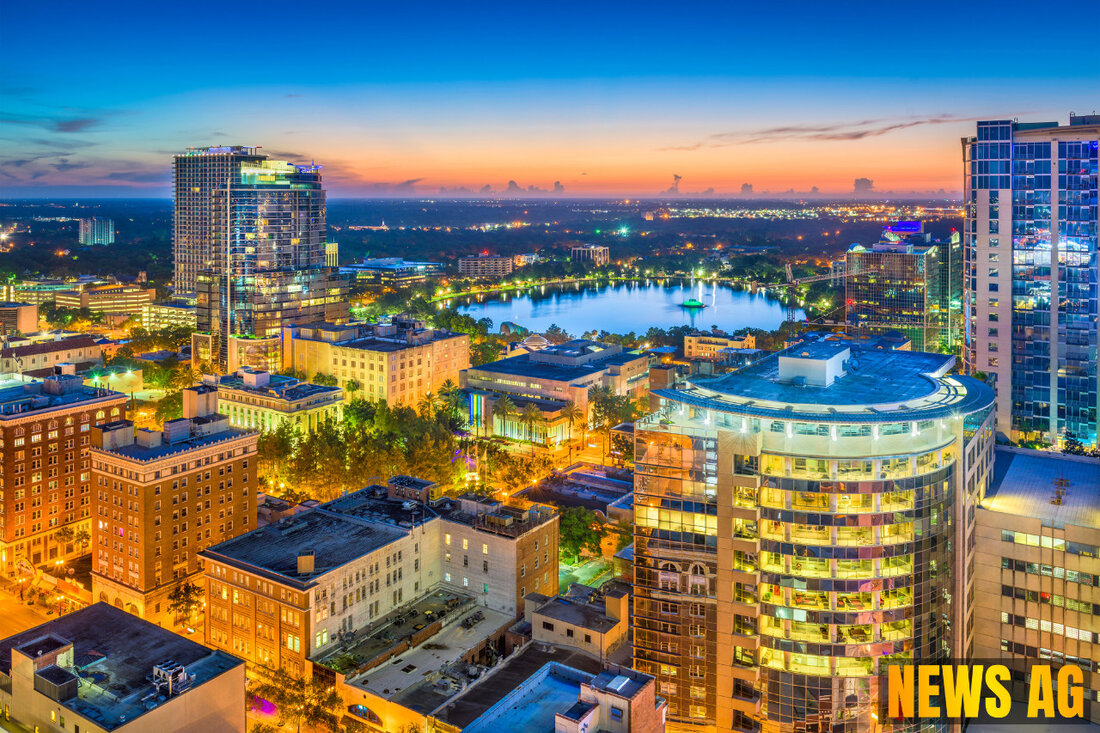Legal Battle Erupts Over D.R. Horton’s Controversial Bird Sanctuary Homes
D.R. Horton proposes 126 homes near Celery Fields bird sanctuary amid ecological concerns; public meeting set for September 11.

Legal Battle Erupts Over D.R. Horton’s Controversial Bird Sanctuary Homes
As August rolls on, a simmering debate around housing development near the Celery Fields bird sanctuary in Sarasota is heating up. D.R. Horton, recognized as „America’s Largest Homebuilder,“ is reigniting its quest for a 126-home project intended for agricultural land adjacent to this ecological treasure. Despite previous setbacks, including a unanimous denial from the Sarasota County Commission earlier this year, the company is pushing forward, even resorting to legal action to challenge that decision. An upcoming meeting with Sarasota County Special Magistrate Mark P. Barnebey is set for September 11, promising a public forum on the contentious proposal.
The planning process for this project hasn’t been easy, with extensive public outcry leading to recommendations against it by the county Planning Commission. Local conservationists, armed with ecological concerns, have strongly voiced their opposition, placing significant pressure on local officials. Sara Reisinger, president of the Sarasota Audubon Society, has called attention to the potential ecological repercussions of construction so close to the sanctuary, advocating furiously against the rezone. In the face of this opposition, D.R. Horton has proposed various mitigations, such as a central retention pond, a 60-foot buffer of foliage and wetlands, and designs aimed at reducing light pollution. However, many remain skeptical, feeling that these designs lack the teeth needed to protect local wildlife.
Local Community Engagement
In an attempt to seek community input, D.R. Horton held a Zoom workshop, part of a „neighborhood workshop“ series aimed at discussing development efforts with nearby residents. Notably, individuals posed questions regarding the positioning of homes near the bird sanctuary and expressed fears about new homeowners’ pets impacting local bird populations. D.R. Horton’s attorney, Charley Bailey, acknowledged these concerns but could not provide concrete plans on how to enforce restrictions on outdoor cats, which could further jeopardize the avian residents of the area. Additionally, the specter of soil contamination from agricultural practices in the past was raised during discussions. Though not mandated, Bailey mentioned that contamination checks would be part of routine investigations.
With most participants in the workshop siding against the development, it’s clear that tensions are high. Many worry about the potential for premium pricing on the homes—would getting too close to the sanctuary drive properties beyond reach for average buyers? Conversely, Bailey emphasized the desirability of the site, situated within the urban service boundary and with no protected native habitat, making it a prime target for development.
Environmental Context
As urban habitats continue to face challenges from development, the broader context of environmental conservation becomes ever more critical. The need to restore urban natural habitats has been addressed extensively in discussions surrounding green and blue spaces in urban areas, described as essential for holistic urban development. As outlined in recent research, creating and preserving these spaces—whether parks, backyards, or wetlands—is beneficial not only to wildlife but also significantly improves human mental and physical health. Restoration of ecosystems is vital in countering urban stressors like noise and pollution, improving overall quality of life.
Ultimately, the community’s stance on this project isn’t just about building homes but finding a way to balance growth with environmental stewardship. The upcoming magistrate meeting marks a pivotal moment for both D.R. Horton and the residents of Sarasota, as discussions around housing, wildlife conservation, and community vitality come to the forefront of local governance.

 Suche
Suche
 Mein Konto
Mein Konto